NATO has established a new centre dedicated to the security of thousands of miles of undersea energy pipelines and cables, which are vulnerable to attacks aimed at disrupting energy supply, global communications, and economic activity, according to a press release from the Alliance.
The NATO Maritime Centre for Security of Critical Undersea Infrastructure (CUI) is a networking and knowledge centre concentrating on CUI, assisting Commander MARCOM in making decisions, deploying forces, and coordinating action.
Based at NATO Allied Maritime Command (MARCOM) on the outskirts of London in Northwood, UK, the centre has now reached Initial Operational Capability (IOC).
“MARCOM has once again risen to the challenge and we are proud to establish NATO’s Maritime Centre for Security of Critical Undersea Infrastructure,” said Commander MARCOM, Royal Navy Vice Admiral Mike Utley.
“Like other aspects of maritime security, securing CUI goes beyond posturing to deter future aggression; it includes robust coordination, to actively monitor and counter malign or hybrid threats, denying any aggressor the cover of ‘plausible deniability.’ Through the wide networks we are establishing in the new centre, that job will become much easier to achieve. And if, in the future, nations seek NATO assistance, we will be ready to help them using our networks and data.”
The new centre is essentially the operational hub, with a strategic hub based at NATO Headquarters in Brussels, to coordinate efforts between NATO Allies, Partners, and the private sector. The Alliance ay that civilian stakeholders are critical to the success of the centre’s network.
Contributing nations Denmark, Germany, Norway, Poland, Türkiye, the UK, and USA will soon be joined by Greece, Portugal, and Sweden. This establishment will further strengthen collaboration around the safeguarding and resilience of critical undersea infrastructure.
Allies first agreed to establish a Maritime Centre for the Security of Critical Undersea Infrastructure within NATO’s Allied Maritime Command (MARCOM) at the Vilnius Summit last year, a decision reinforced by Defence Ministers in February.



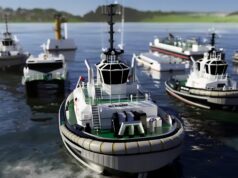
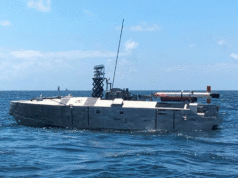

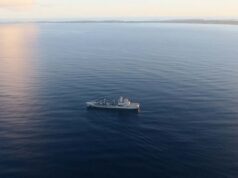
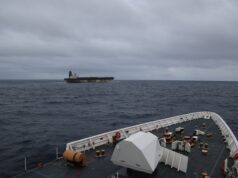
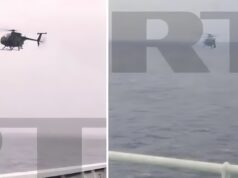
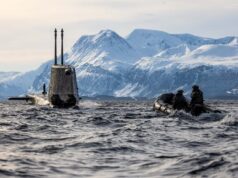
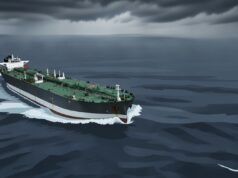
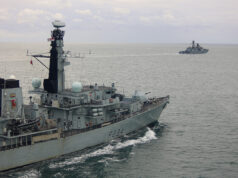


My old lot NCIA will be busy. Lots of computer and network services to instal and bring up online.
I still wonder how a Gunbuster with a background in guns, explosives , hydraulics, heavy electrics and control engineering ended up doing a job that required me to monitor and investigate SLA service failures for NATO Secret Networks and services. Not that I am complaining. 3 years in Naples was great! I massively broadened my skill sets into proper pinkie stuff and also got some good NATO provided courses in as well.
Good for you. I too am doing things that I was not originally trained for but still related. This is welcome news for undersea security.
Agree, this will become a valuable asset. 👍
How is Space Command getting on with the alleged offensive space vehicle that RF recently launched?
Unknown, presume someone is drafting a response plan.
Do we have enough P8 Posidon maritime surveillance aircraft to monitor the fleet of RF supposed fishing vessels that can drag bottom trawl systems over the Critical Undersea Infrastructure?
Doesn’t this increased risk justify expanding the P8 fleet in service?
What about Undersea Autonomous Vehicles to patrol and monitor the Critical Undersea Infrastructure?
Surely the NordStream eod incident shows that explosive devices can be left in place for later remote detonation..